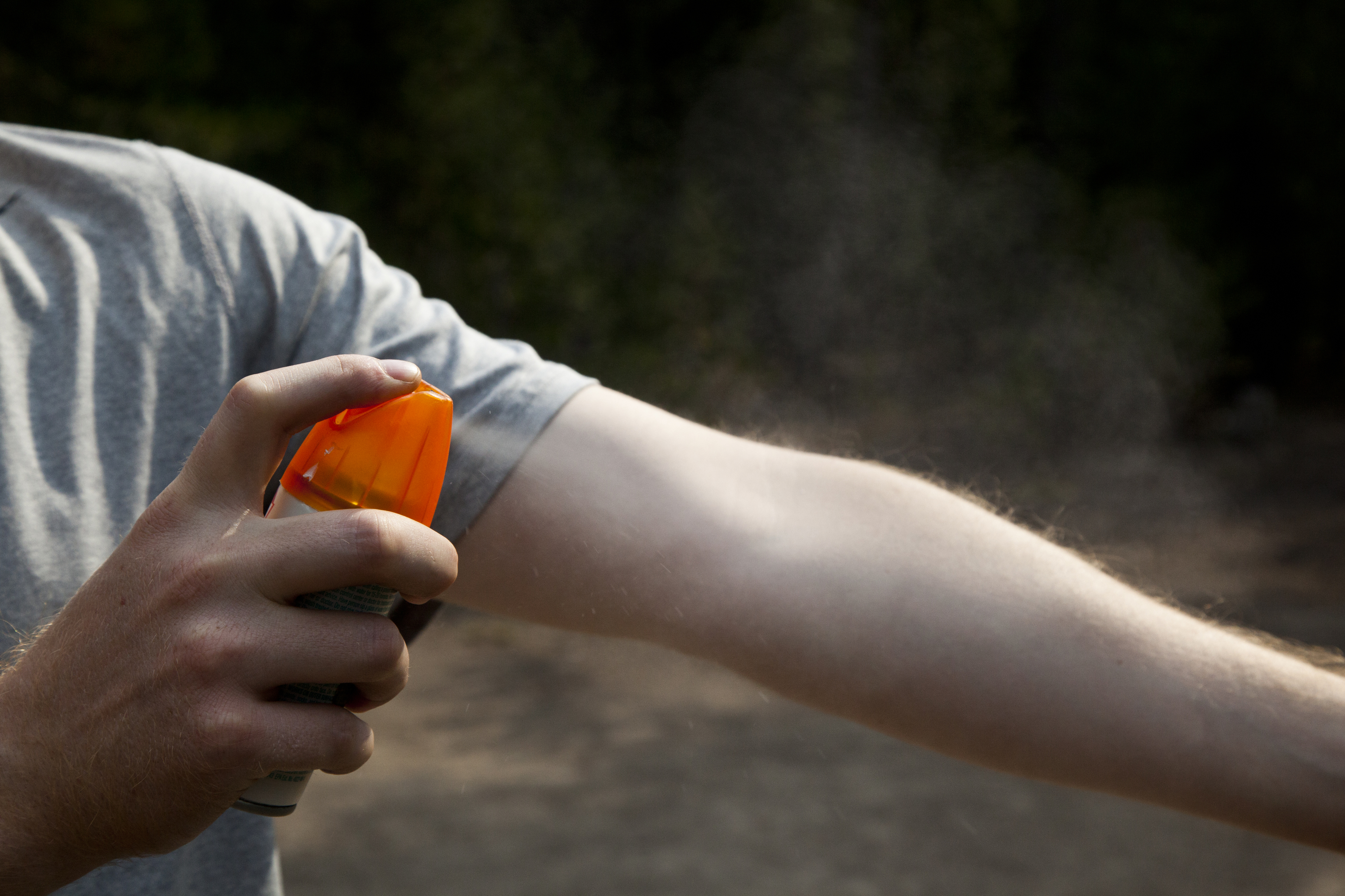
Clinical Corner: Preventing Tickborne Diseases
By Ada Brainsky,
M.D., Medical Director, Operations Management
With the return of warm weather, tickborne diseases become a concern. Transmission is possible anytime between spring and early fall, with a peak between May and July when the ticks are more active. Even though everyone should take steps to protect themselves and their loved ones (including pets), studies show that many people in endemic areas do not know they are at risk. While not all ticks carry the same diseases, ticks can be found in every state.
Lyme disease risk is focused in the Northeast, mid-Atlantic, and upper Midwest, with pockets of lower risk along the west coast. Nearly 95 percent of Lyme disease cases occur in 14 states: Connecticut, Delaware, Maine, Maryland, Massachusetts, Minnesota, New Hampshire, New Jersey, New York, Pennsylvania, Rhode Island, Vermont, Virginia, and Wisconsin.
Other less known, but serious tickborne diseases include Rocky Mountain spotted fever, anaplasmosis, ehrlichiosis, Powassan virus, and babesiosis. Babesiosis and anaplasmosis occur in the same areas as Lyme disease. More than 60 percent of Rocky Mountain spotted fever cases occur in five states: Arkansas, Missouri, North Carolina, Oklahoma, and Tennessee.
To prevent tick bites, the CDC recommends that people:
- Avoid areas with high grass and leaf litter and walk in the center of trails when hiking.
- Use repellent that contains 20 percent or more DEET, picaridin, or IR3535 on exposed skin for protection that lasts several hours.
- Use products that contain permethrin to treat clothing and gear, such as boots, pants, socks and tents, or look for clothing pre-treated with permethrin.
- Dogs are very susceptible to tick bites and to some tickborne diseases. They may also bring ticks into your home. Tick collars, sprays, shampoos, or monthly “top spot” medications help protect against ticks.
- Shower as soon as possible after coming indoors.
- Conduct a full-body tick check using a mirror after being outdoors. Help children check thoroughly for ticks.
- Tumble dry clothes in a dryer on high heat for 10 minutes to kill ticks on dry clothing after you come indoors. If the clothes are damp, additional time may be needed.
If you find a tick attached to your skin, follow these steps to remove it right away:
- Use clean fine-tipped tweezers. Grasp the tick as close to the skin’s surface as possible.
- Pull upward with steady, even pressure. If the mouth-parts break off and remain in the skin, remove them with tweezers. If you are unable, leave it alone and let the skin heal.
- After removing the tick, clean the bite area and your hands with rubbing alcohol, iodine, or soap and water.
- Dispose of a live tick by submersing it in alcohol, placing it in a sealed bag/container, wrapping it tightly in tape, or flushing it down the toilet. Never crush a tick with your fingers.
If you develop a rash or fever within several weeks of removing a tick, see your doctor.
https://www.cdc.gov/lyme/stats/maps/map2011.html
https://www.cdc.gov/lyme/prev/index.html

